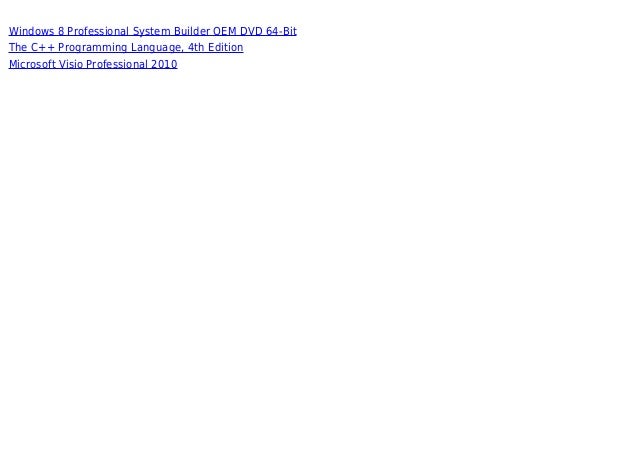

The Test Professional edition is a specialist IDE designed for software testers and it will not support development.
.png)
The options range from Professional to Premium to Ultimate, each increasing in capability. The recommended way for organisations to licence Visual Studio is through an MSDN subscription. There are also two MSDN subscriptions that don’t include Visual Studio but are a good fit for individuals involved in the development and test process without needing the VS Integrated Development Environment (IDE). There are free offerings of Visual Studio components ( Express Editions) which generally offer a subset of the higher editions. The Microsoft Developer Network (MSDN) is a subscription programme that builds on VS and extends it to include access to Microsoft products (current and previous), technical support, training, forums, developer access to Azure and Office 365 and much more. Visual Studio has since grown in capability much like the Office suite but it remains at its core a development application. Visual Studio (VS) came into play in the mid-nineties when it brought together development tools such as Visual Basic, Visual C++ and Visual FoxPro (whom I had the pleasure of working for many years ago). What’s the Difference between Visual Studio and MSDN? A good guide can be downloaded here and I’ll try to summarise the main points and products in this post. As there is so much more to VS 2013 than just a set of development tools, the licensing can be a little daunting.

Visual Studio 2013 was released in October 2013 and remains Microsoft’s flagship application development suite.


 0 kommentar(er)
0 kommentar(er)
